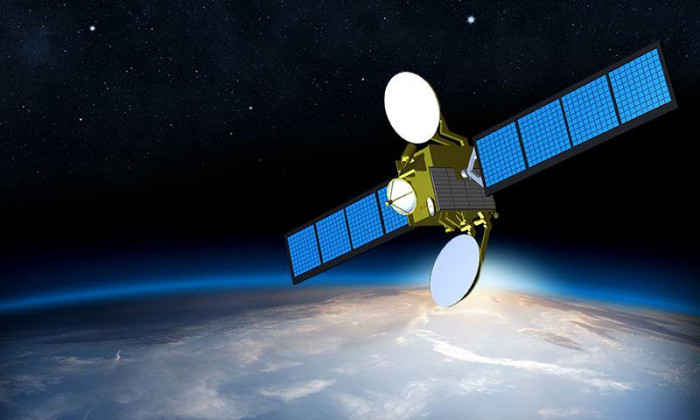
A report from Analysys Mason’s NSR division bluntly states that “Telcos that rely exclusively on terrestrial networks will miss revenue opportunities and fall behind their rivals.”

Telcos should use satellites to enter new verticals and enhance services, says NSR. Telcos’ satellite strategies need to fit into their overall action plan; they should priorities their target verticals and take advantage of their existing capabilities.
The report says, “Mobile operators’ capacity to generate economic and social value is limited by the reach of their network coverage. However, better-performing satellites, lower satellite costs and easier adoption are unlocking tremendous opportunities for telecoms operators (telcos) to integrate satellite services into their portfolios.”
Report author, Lluc Palerm, said, “Telcos should embrace satellites as a new source of differentiation and growth. Telcos need to find solutions to address the decline in their traditional revenue streams. The satellite market is almost wholly greenfield for telcos and offers a promising growth opportunity. In fact, NSR forecasts that satellite solutions will account for 40 per cent of the growth in telco enterprise connectivity revenue between now and 2027.”
The NSR report continued, “Telcos may need to change their outdated perception of satellites. Recent technological developments have transformed the satellite market. Developments such as Low Earth Orbit (LEO) constellations (for example, Starlink) and software-defined satellites have improved the bandwidth and performance of satellite services. The economics of satellite communications have also improved significantly over the last few years. For example, the total cost of ownership (TCO) of satellite backhaul is such that connecting rural mobile base stations via satellite can be more cost-effective than alternative solutions. Furthermore, the emergence of common standards in the satellite and telecoms markets, and the development of ‘satellite-as-a-service’ solutions are lowering barriers to adoption and helping mainstream telcos to integrate satellite services.”
Telcos could generate revenue from satellite deployments rapidly because the relevant use cases already exist. Many satellite operators offer, or plan to offer, solutions that comply with the Metro Ethernet Forum’s (MEF’s) standards or are compatible with SD-WAN and eventually 5G core. These developments will facilitate the adoption of satellite solutions by mainstream telcos. The standardization of 5G non-terrestrial networks will break down the barriers to satellite adoption and enable satellite solutions to be included in unmodified phones. Telcos should prioritize these standards-based solutions to accelerate integration and revenue generation.
New Zealand offers Starlink mobile service

New Zealand telco one.nz is offering clients a new collaboration with SpaceX to provide Starlink satellite to mobile service — Beta testing is available now for emergency messages.
“When the service goes live, there will be a Starlink satellite to mobile service for far greater coverage than available now. Whether you’re out on your boat, climbing a mountain, fixing a remote road or on your farm – we’ve got the safety of New Zealanders and New Zealand businesses front of mind,” said the operator.
“We’ll be able to provide coverage where it hasn’t been before. We will introduce a text service late 2024 and data and voice will follow in 2025. We’re taking coverage and connectivity further than ever before, with one giant leap towards the most advanced and safest network in the country,” continued one.nz. Customers will need one.nz’s ‘VoLTE’ roaming capable service.
The telco added that it is pairing its existing 4G and 5G mobile network with SpaceX “and their revolutionary satellite constellation” which means far greater coverage of the country’s 104,428 square mile geography.
The telco says that when the service is fully enabled to include voice and data (by the end of 2025) the client will still need direct line of sight to the sky in order to see a satellite. It adds that most smartphones will be able to connect.
One.nz explained that, while they serve 99 percent of the places where New Zealanders live and work, the length and geography of the country means that almost 50 percent of the country’s landmass still has no mobile coverage.

